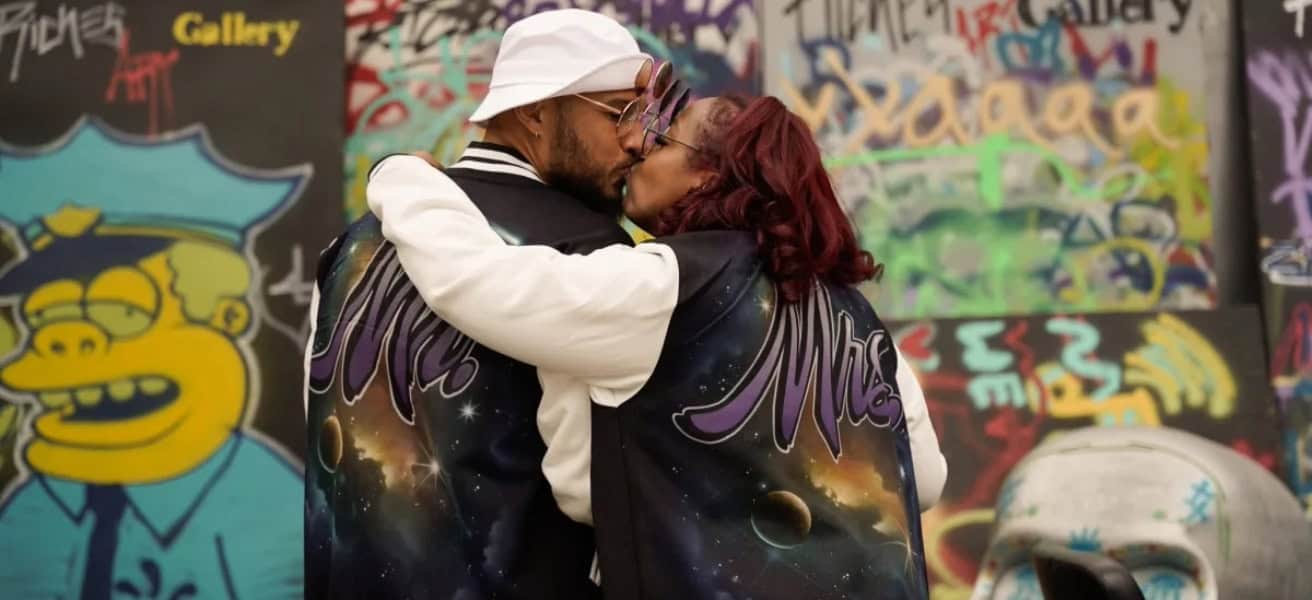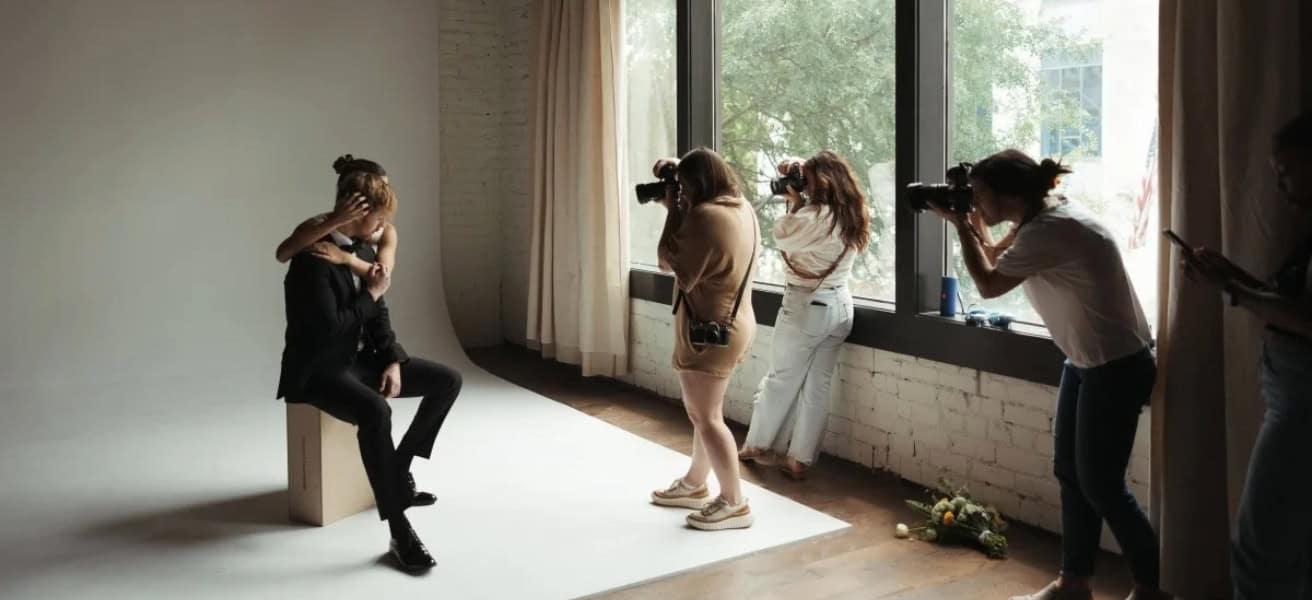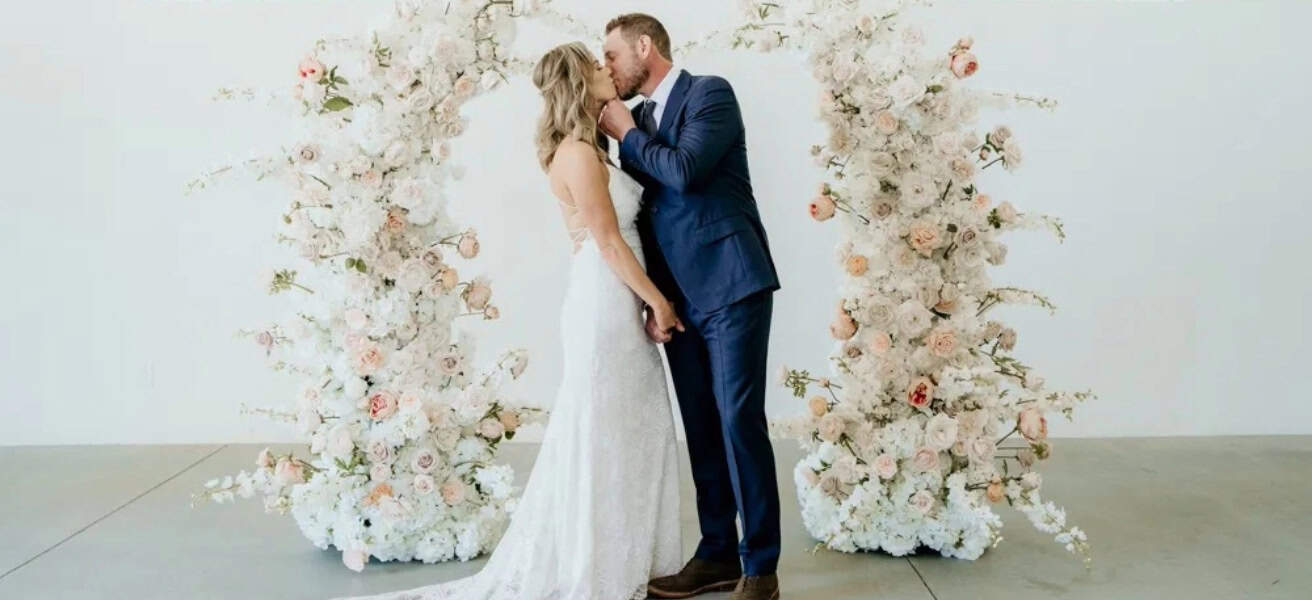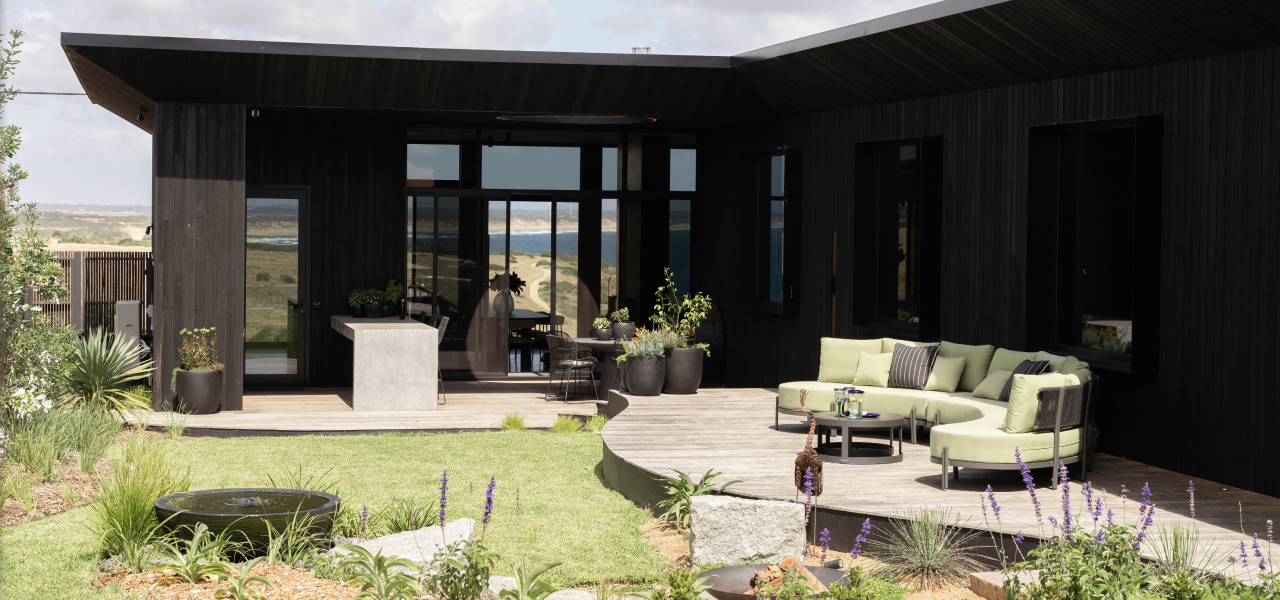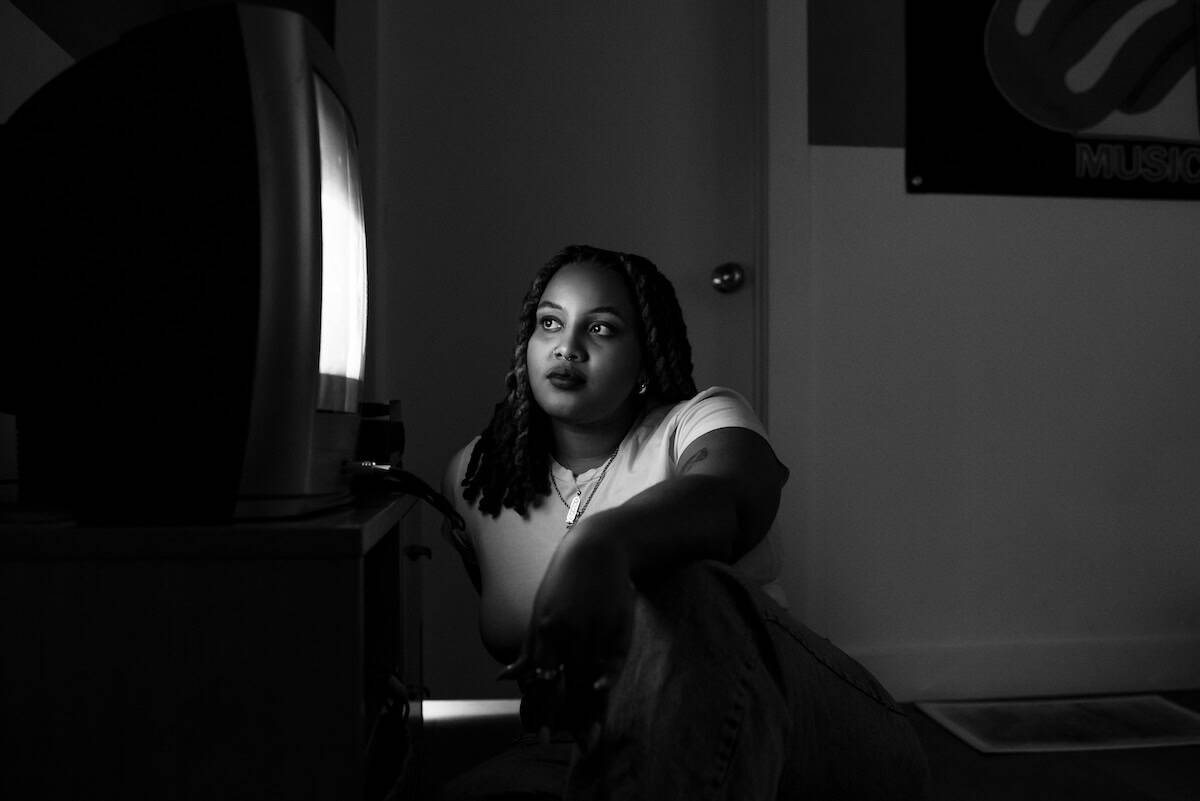Horse Photography: What To Know & How To Nail It
- Date: August 27, 2021
- Topic: Photography
- Contributors: Written by Peerspace Staff
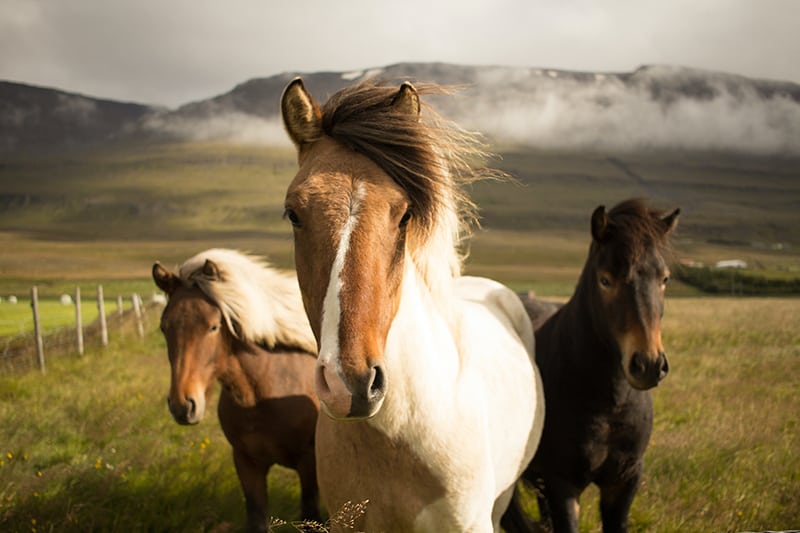
Source: Unsplash
Horses are majestic creatures, full of grace, strength, and agility, all in one being. However, horses are also easily spooked and require extra patience and understanding on the photographer’s side. With these tips and tricks for horse photography, you’ll have all the information you need to get started.
Get comfortable with horses

If you don’t have much equine experience to draw from, it is imperative to spend some time with horses before you get started. Horses are extremely perceptive and will sense if you are uncomfortable around them. This, in turn, will make them uneasy. Younger, more headstrong horses might even take your uncertainty as a sign of not being in control and can act out or misbehave.
Bring some treats with you, and have someone at the stable show you how to best interact with the horses. Each animal will, of course, have its own preferences and personality. And getting to know them individually will make you feel much more at home. After all, once you start working, you’ll need to be relaxed and confident to get the best images.
Another good tip is to get familiar with how horses move. Understanding when the hooves touch the ground in a gallop or trot and when the hooves will be up in the air will allow you to capture the most dynamic moment in each action. You can look up videos of horses running and pause the video when you would click the shutter. Were your instincts correct? Practice and train yourself until you are “one with the horse.”
Safety first
While horses might seem gentle and easy-going at a distance, peacefully grazing, they can cause much damage if angry or frightened. Listen to what the equine handler tells you, especially about each horse’s idiosyncrasies. It’s a good rule to never stand or walk directly behind a horse, as that puts you right in the line of fire should the horse decide to kick.
To ensure everyone remains safe and happy, it is a good idea to introduce the horse to the camera. Let the horse sniff it and make a couple of shutter sounds to see how the horse will react. If the horse shows signs of being overly anxious, then switch to a telephoto lens and shoot from farther away.
Choosing a location
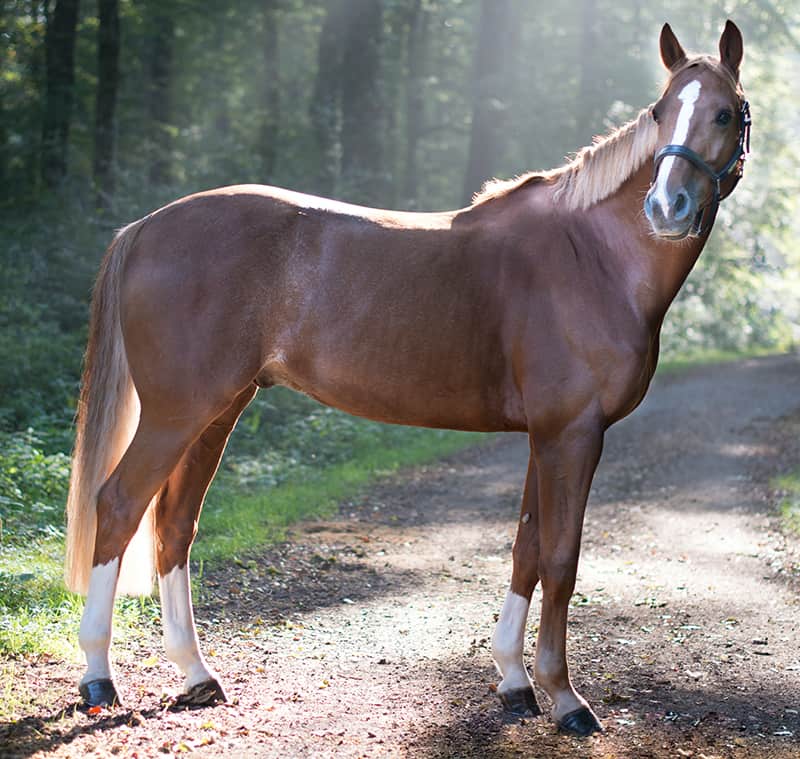
If you plan to take the animal somewhere for your photoshoot, there are a few guidelines you should keep in mind. You want an area large enough to shoot on a longer lens to capture the image from a distance. But do not go so far away that the horse is barely noticeable in your lens. Large, never-ending meadows will mean you’ll be spending a lot of time running after the horses and potentially missing the best shots.
Pick a visually pleasing background free from distracting elements like dilapidated buildings and telephone wires. Fields of flowers or areas with small ponds, quaint cottages, or other aesthetic factors can really bring your photos to the next level.
What lens to use
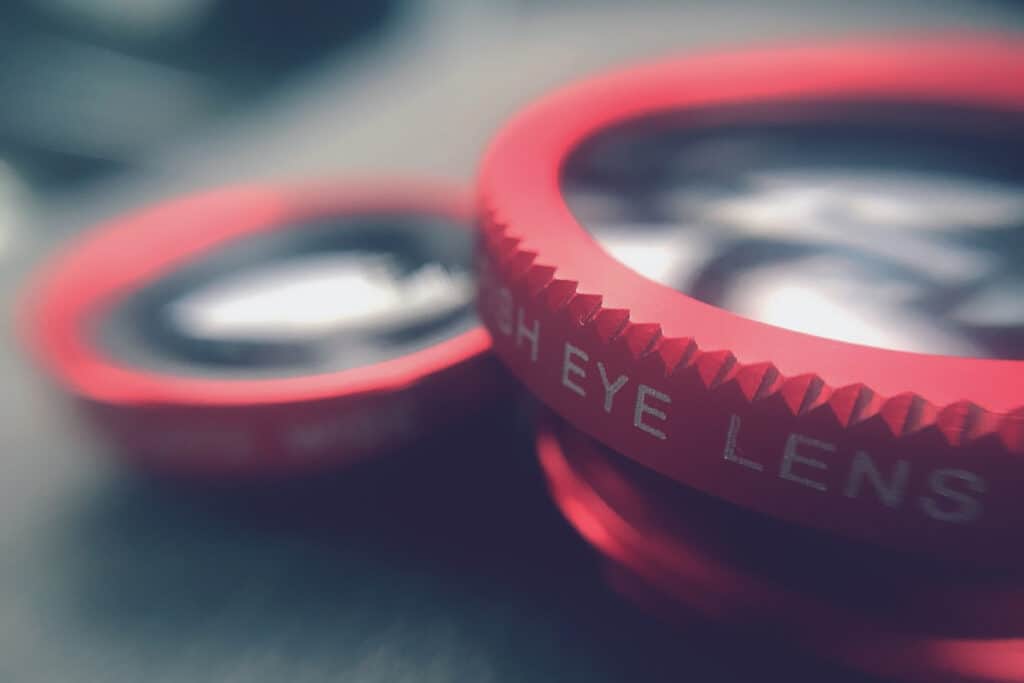
You will likely use the same lenses as we would for a human portrait when shooting horses stationary. Anywhere from a 50mm to a 70mm lens to get started is ideal.
This produces a natural perspective and doesn’t give too much distortion, which would make the animal look out of proportion. You may also do well with telephoto lenses with horses, allowing us to shoot from afar and not bother the horses around the 100-200mm mark. Longer lenses are best for capturing the animal outside in motion, allowing it to run at full speed while you stand at a distance.
You can also experiment with wide-angle or fisheye lenses if you like that distorted look. This is especially good for shooting inside the stables, where the space is tighter.
Shutter speed and aperture
Whatever animal you’re photographing, you know they don’t tend to hold still for very long. We definitely recommend shooting at a higher shutter speed and utilizing the Burst Mode or continuous shooting on your camera. Especially if the horse gets excited and starts running or playing. You want to take as many photos as quickly as possible for the opportunity to get that one magic shot.
Using a wider aperture will give you a better definition between the horse and its background and allow you to shoot at a higher shutter speed.
Other gear

Consider using a monopod to help reduce lens shake, especially when shooting with longer lenses, and bring a clear filter inside a barn or riding hall to help keep dust out of your camera.
Capturing the essence of the horse
Horses are known for their speed and agility, and this is often what you try to capture when you photograph them. If the animal is running or moving, try to include enough background in the image to give the viewer a sense of the speed. Without a reference point, we don’t always understand what’s going on. This is also a great instance to use panning—moving the camera with the horse’s motion and snapping in that instant so that the horse is in focus and the surroundings are blurred.
If you are photographing a mother horse with her foal, try to capture the essence of this familial bond. Please wait for the moment when the foal intertwines with its mother’s legs, or the two touch noses or otherwise interact. Listen and watch for what the animals are telling you about themselves. Then, let this guide the way you photograph them. Again, try to include the background elements in these photos to give us a sense of where they live and what is around them.
Whenever possible, try to snap the shutter when the horse’s ears are up, making them look more alert, interested, and focused. A horse with its ears down might be relaxed, but it reads as disinterested or unwell on camera. Rustle a food bag or make other enticing sounds to get the horse’s ears up.
Directing the animal

If you aim to get motion shots outdoors, you need to think of how to place the horse strategically. Horses are herd animals, so your subject will probably be eager to return to its friends. Use this to your advantage, and place his companions at your designated “end” point.
Ask the owner to guide the horse to the “beginning” point and ensure it has plenty of room to run towards your end destination. Let the horse rest before taking it back to the start again.
Positioning yourself
In general, shooting from a lower angle will get you more impressive photos when shooting horses. This will also make the horse look taller and more majestic.
Time of day and natural lighting
The best lighting will come in the morning and late afternoon. Avoid shooting directly in the middle of the day, as you will encounter harsh shadows and overblown highlights. The early morning and late afternoon/early evening hours will give you softer, more even lighting, which will better compliment the horse’s features.
Find detail shots to highlight the animal’s features
We all love the full-bodied portraits of horses, but don’t forget to show us the details, too. What do the eyelashes look like? Is the horse’s mane braided? What is the texture of the hair? Is there an artistic design on the saddle? These minute elements bring us into the horse’s world and let the viewer intimately experience the horse.
Grooming the horse
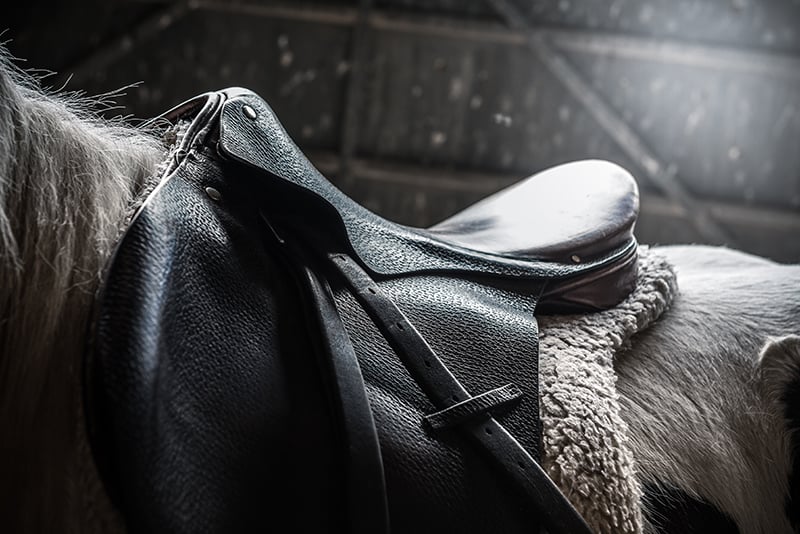
If you are going for a more exquisite photo session than just capturing the horse in its natural habitat, then you’ll need to wash or groom the body, mane, and tail. Be sure to research the breed of horse you are dealing with, as each breed will have its specific methods for presenting the animal.
This is especially important if your photos are meant to be promotional or sales photos. Also, be sure to clean the bridle if it will be in the shot and any other accessories that will be present.
Preparing a studio set up for horse photography
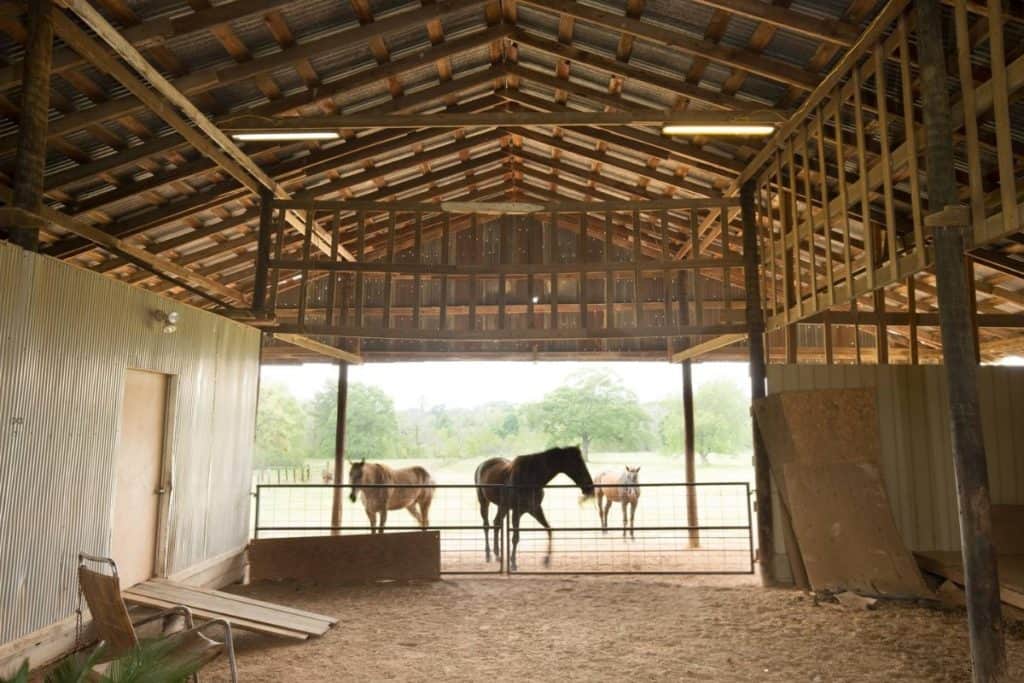
In most cases, it is easier to take the studio to the horse than it is to take the horse into the studio. Prepare a mobile background system by using a big (usually black) blanket. Paper backgrounds are not advised due to the damp nature of shooting in a barn or riding hall.
Lighting set-ups are, in general, no different than what you would use for humans. But you’ll probably want to use larger soft-boxes as horses are, of course, larger creatures. Please make sure you get your cables as close to the walls as possible, as you don’t want to risk the horse getting caught in them and stumbling.
Let the horse get used to the setup before beginning. This might be a new experience for the horse, and you’ll want to make sure they have 10-15 minutes to adjust before getting started.
When shooting in a more controlled environment, we can pay better attention to the horse’s form. To get more interesting perspectives, try to get the horse to bends its neck or look around — anything to create interesting lines and shapes. You want the horse to look engaged and interested.
Have the owner or your assistant rustle a food bag, crinkle peppermint wrappers, or make other little sounds to stimulate the horse. Of course, we go back to the reality that horses are easy to spook, so don’t go overboard and don’t scare your model!
Be patient and have fun!
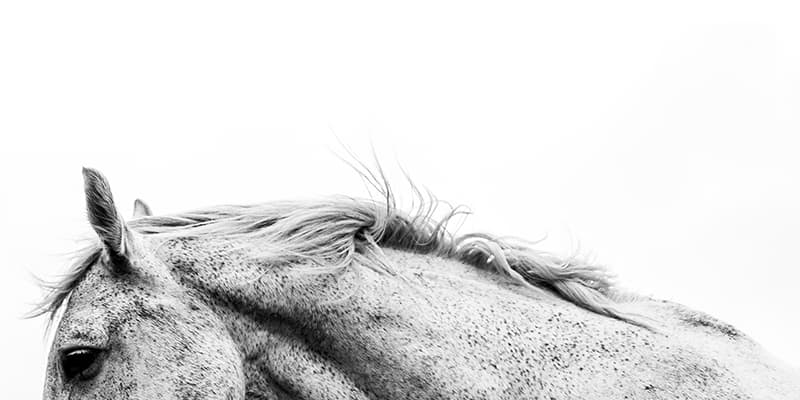
Like any animal, shooting horses requires patience. They don’t always want to do what you want them to do! Be patient, offer them treats (if their owner says it’s okay), and work with the horse, not against it. Suppose the horse is getting too uncomfortable. Back off and wait for the animal to calm down. Above all else, remain calm!
Photographing horses can be incredibly rewarding, and the owners will cherish your photos for many years to come. There is a lot to keep in mind, but with these tips and tricks under your belt, you’ll be snapping incredible horse photography in no time at all!
Find unique photoshoot locations on Peerspace
Get together somewhere better
Book thousands of unique spaces directly from local hosts.
Explore SpacesShare your space and start earning
Join thousands of hosts renting their space for meetings, events, and photo shoots.
List Your Space
